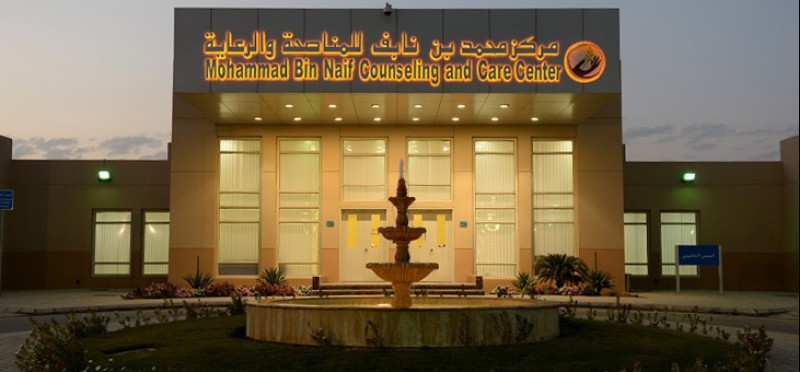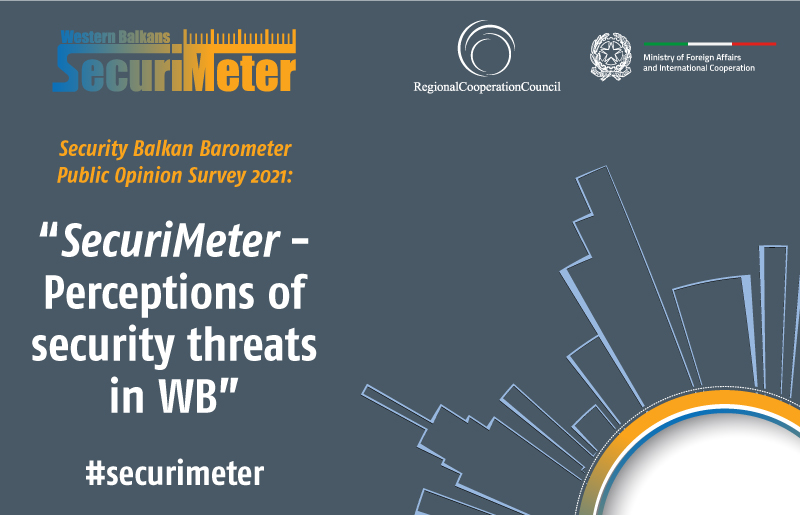- Home/
- News
Why Saudi Arabia’s Deradicalization Program is Successful

Photo: Mohammed bin Nayef Center for Counseling and Advice - The Care Rehabilitation Center is a facility in Saudi Arabia intended to re-integrate former jihadists into the mainstream of Saudi culture, based in Riyadh.
Saudi Arabia has one of the most successful deradicalization programs. According to Marisa L. Porges, an expert at the Council on Foreign Relations thinktank, the Saudi program to counter radicalization and fight terrorism can provide important lessons to the rest of the world, despite suffering from some drawbacks. This testimony came after her visit to Saudi Arabia and holding meetings with officials responsible for the administration of the Mohammed bin Nayef Center for Counseling and Advice.
The deradicalization program started in Saudi Arabia in 2004, led from the interior ministry, after a series of terrorist attacks began in Riyadh, which would last until 2005. Rather than depending solely on security measures, Saudi Arabia started to focus on designing rehabilitation programs directed at extremists inside the Saudi prisons, through psychological and social counseling, and educating them out of their intolerant understanding of Islam.
The Saudi deradicalization program is extensive in its scope. Not only does the program focus on providing thousands of beneficiaries six-weeks rehabilitation courses and consultations with medical, psychological, and social experts, but the program also directs its attention to reintegrating the released prisoners into the society.
The program focused first on the terrorist who had been implicated in carrying attacks on the Saudi soil, then it gradually included detainees from Guantánamo Bay, and returning foreign fighters from conflict areas like Afghanistan, Iraq, Syria, and Libya.
The most important challenge that this program faced was the lack of agreed-upon criteria to evaluate its degree of success. One criterion that is used is the recidivism rate. This is an important measure of success, albeit not the only measure. The Saudi authorities revealed that at least eleven former Guantánamo Bay prisoners had resumed terrorist activities and that between 10% and 20% of the beneficiaries of the programs engaged in criminal activities. These facts called on the relevant authorities to undertake a thorough and accurate review of the components of the rehabilitation programs in order to identify shortcomings.
The Saudi deradicalization programs adopted the methodology of trial and error in attempting to counter its shortcomings. The process was a lengthy and complicated one, which suffered its share of disappointments, but was ultimately able to achieve great successes.
This approach was visible from the outset of the program. Initially, the officials responsible for the deradicalization program decided that the goal was disassociating radicals from their terrorist organizations, without attempting to change their beliefs. This approach was soon altered, and dedicated efforts were made to provide ideological guidance away from radicalism. The minimalist goal of dissociation is still applied, however, in cases where counseling proves ineffective.
One of the important developments under the umbrella of the Mohammed bin Nayef Center for Counseling and Advice was the creation of a special program for prisoners from the Qatif and Al-Ahsa regions under the title “Rehabilitation and Building Program”. This program recorded a 100% success rate. The need for this subprogram was recognized after terrorist groups emerged in Qatif, a Shi’a-dominated area.
In this context, one cannot ignore the role of media in assisting the deradicalization program. One of the examples is the media program “Lewan”, presented by host Abdullah Almdafer. The program was not perfect, but it played a crucial role by interviewing some of the previously detained Islamists.
The value of Almdafer’s show was evident, for example, when he hosted Adil al-Labad, a former member of the Shi’i militant group, the Movement of Vanguards’ Missionaries (MVM, harakat al-risaliyin al-tala’i), which helped organize an uprising in the Eastern Province in 1979.
Al-Labad tried to portray MVM as a reaction to the failures of the Arab political systems, and as such no different to the Arab nationalist and leftist movements, which were established for the same reasons. The problem with this argument is that it ignores the fact that MVM was a reaction against the nationalist and leftist forces in the Arab world. MVM can be traced back to the arguments over modernity in the Shi’i hawzas in Iraq and Iran in the 1950s and 1960s. In this debate, MVM sternly took the traditionalist side, regarding nationalism and leftism as among its enemies on the modernist side.
The spiritual father of MVM is Mohammed al-Husayni al-Shirazi, who never achieved the status of marja taqlid (a source of emulation) or grand ayatollah. The refusal of the Najaf-based grand ayatollahs like Muhsen al-Hakim, Abu al-Qassem al-Khoe’i, and Mahmoud Shahrudi to accept Shirazi as one of them led Shirazi to rebellion, initiating a new division within Shi’ism.
Shirazi would claim the mantle of the “speaking marja”, as against the “silent marjas” of the Najafi hawza. His followers, especially his nephew, Hadi al-Modaressi, began to militate for an Islamic state. Shirazi’s ideas around Islamist governance and the role of the clergy in state and society were similar to those of Grand Ayatollah Ruhollah Khomeini. Indeed, after the Iranian revolution brought Khomeini to power in 1979, Shirazi moved to Iran to play a part in implementing the theocracy.
Another fallacy that Al-Labad tried to propagate is that the intentions of the founding father of MVM were peaceful. However, this claim cannot be sustained when the record is examined: he sponsored training camps dedicated to weapons training, and gave his blessing to an attempted violent coup against the royal family in Bahrain, among other things.
Adil al-Labad’s misinformation about MVM shows, firstly, what MVM teaches to its members as part of their political indoctrination, and the purpose of this is obvious: to conceal the true origins of the group. Second, it shows that despite Al-Labad denouncing his violent past, his rejection of his old beliefs was circumstantial, and a reaction to pressures that he faced, rather than a free revision of his past convictions.
This episode of the program can be contrasted with the seventh episode of the same program, which hosted Ali Abd al-Rahman al-Faqasi, a former member of the Al-Qaeda in Arabian Peninsula (AQAP). His conversation with Almdafer revealed that he had truly revised his beliefs, as well as regretting his violent past.
These two cases clearly reflect the main difference between the two types of deradicalization programs. Al-Labad has been disassociated from a terrorist organization, while Al-Faqasi has dissociated from the terrorists’ organization and ideology. Al-Faqasi is, therefore, much less likely to revert to extremism. Deradicalization programs should focus on changing beliefs and convictions as the most successful way to prevent recidivism.
Source: Link


 Development of specialized PCVE web site is funded by EU FUNDS CN 2017-386/831 - "IPA II 2016 Regional Action on P/CVE in the Western Balkans"
Development of specialized PCVE web site is funded by EU FUNDS CN 2017-386/831 - "IPA II 2016 Regional Action on P/CVE in the Western Balkans"